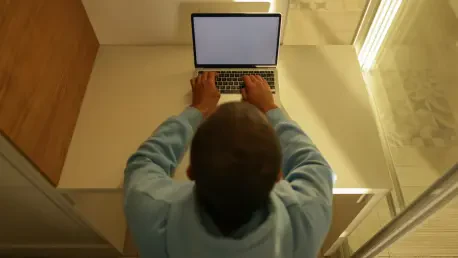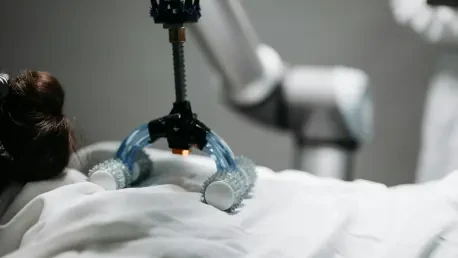
In the rapidly evolving field of healthcare technology, few have been as instrumental as James Maitland. With a profound understanding of both robotics and IoT applications in medicine, Maitland has committed his career to leveraging technological advancements to solve some of healthcare’s most p

In a rapidly evolving healthcare market, drug price transparency emerges as a pivotal issue shaping the future financial landscape. Amid calls for reform and increased regulation, the focus shifts to the powerful role of Pharmacy Benefit Managers (PBMs). Transparency promises potential shifts in

In a rapidly evolving healthcare landscape, James Maitland stands out as a leading expert in integrating robotics and IoT applications into medical practices. With his deep understanding of technological advancements and their potential to revolutionize healthcare, he offers unique insights into

In the wake of heightened digital surveillance and the erosion of privacy, concerns about period tracking apps have come to the forefront, particularly since the U.S. Supreme Court's decision to overturn Roe v. Wade. The use and access to reproductive data have become hotly contested. Period

The looming threat of Medicaid funding cuts casts a dark cloud over the already precarious rural healthcare systems across America. As legislative discussions progress with proposals aimed at trimming Medicaid expenditures, rural hospitals find themselves grappling with an uncertain future. This

In the realm of modern healthcare, the intersection between technology, regulation, and practice is both complex and crucial. James Maitland, a renowned expert on IoT applications and robotics in medicine, is here to share his insights on these evolving areas. With recent debates around laboratory